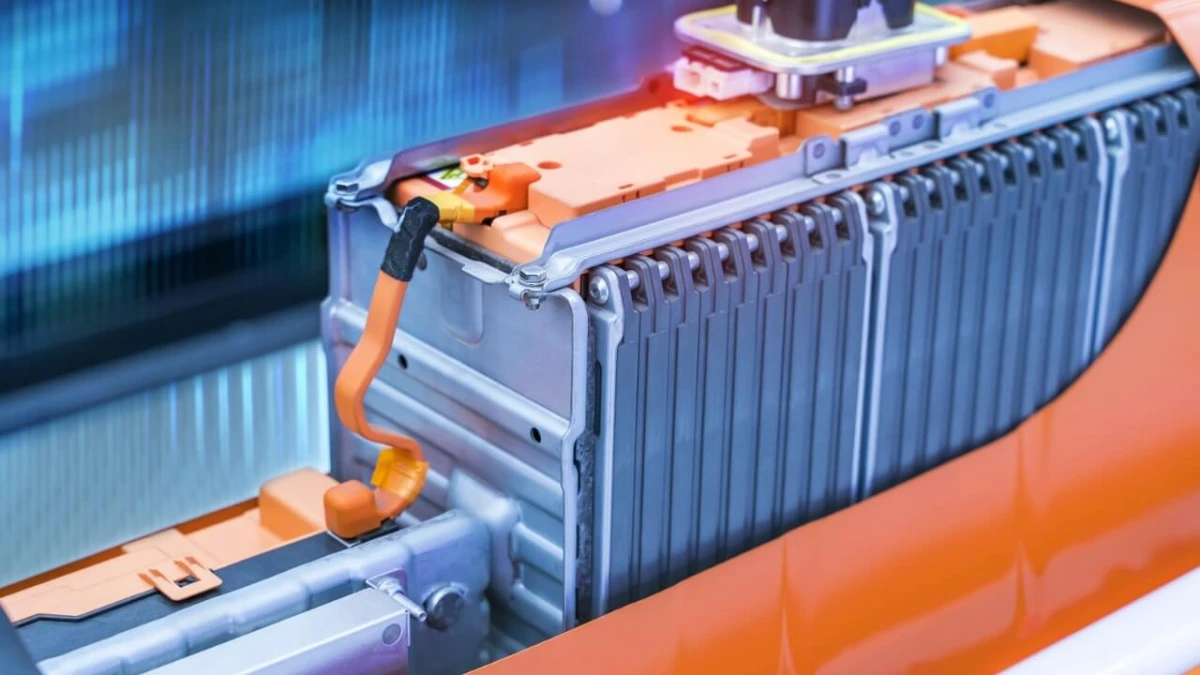These lithium-ion batteries are largely powering the current generation of electric vehicles but are being pushed to their limits by demand to store more and more energy.
Electric car manufacturers are constantly looking for the means to ensure their vehicles can travel further on a single charge. While electric vehicles might be the primary driver, demand for more efficient batteries is also being driven by other sectors, like wind and solar energy companies. As such, the demand is there for progress and a potential successor to step into the shoes of this generation of lithium-ion battery.
#Different batteries
The hunt for new battery technology is wide-reaching, with many different solutions being worked on and proposed. Below are just some of the technologies that could be the batteries of the future:
Sodium-ion batteries
Sodium-ion batteries’ great advantage over lithium-ion batteries is simply the abundance of available sodium. This will make it easier to produce the batteries on a large scale. They are an increasingly viable option.
In June 2020, Washington State University reported that, in collaboration with Pacific Northwest National Laboratory researchers, it had created a sodium-ion battery that held as much energy as some commercial lithium-ion batteries.
Solid-state batteries
Solid-state batteries come in a number of forms. These all use solid electrodes and a solid electrolyte, instead of the liquid electrolytes found in lithium-ion batteries. They are popular because they are believed to have the potential to provide a higher energy density than lithium-ion technology.
One form of solid-state batteries has been championed by the co-creator of the lithium-ion battery, John B. Goodenough. These batteries are based upon a glass electrolyte. They have longer battery life and can operate in lower temperatures than the current crop of lithium-ion batteries.
Vanadium flow batteries
Vanadium flow batteries are capable of achieving large energy storage capacity. As such, they are viewed as particularly useful to the clean energy sector and managing the supply of electricity generated by variable sources like wind and solar. However, they are far less mobile than their lithium-ion counterparts and so unlikely to muscle in on the electric vehicle sector.
Of course, lithium-ion batteries themselves are also developing further. However, these batteries are expected to reach their energy limit within the next few years, necessitating a switch to a different battery technology.
#Investing in EVs and batteries
It’s difficult to talk about the development of new batteries without referencing electric vehicles. The task of changing the planet’s vehicles from petroleum to electric fuelled is a huge driver behind the hunt for increased battery efficiency. But what are some of the available investments?
Some interesting opportunities in the industry include:
ChargePoint Holdings (NYSE: CHPT)
Nio Inc (NYSE: NIO)
Tesla (NASDAQ: TSLA)
Panasonic (OTC: PCRFY)
Let’s take China’s Nio as a quick example of innovation in the sector. The EV manufacturer has set up a network of battery swapping stations across China. This means that instead of plugging their vehicle in and waiting for it to charge, drivers simply swap out their depleted battery for a freshly charged one.
Tesla has tried this model, but never implemented it on a large scale. However, the success of Nio’s model could change the way in which the industry works and thus tweak the requirements for batteries to become tailored for swapping.
The company is just as keen for next-gen batteries as Tesla. Nio has already committed to introducing a 150kWh solid state battery to its range next year, which could give its vehicles a range of more than 600 miles on a single charge. This is an increase from the around 380 miles that the company’s vehicles can currently achieve on their newest batteries. From this, we can see how monumental the introduction of new batteries can be to the EV industry.
#Are batteries and EVs green?
If you are considering investing in EVs or batteries, it is also worth noting that, though the industry might seem green, there are still environmental problems. Environmental damage can be wrought in the extraction of the metals required to construct batteries and other key EV components. Additionally, there is the issue of waste.
According to Greenpeace, more than 12 million tonnes of lithium-ion batteries are expected to retire between now and 2030. This could create a mountain of hazardous electronic waste. As such, investing in EVs and batteries might not be as environmentally friendly as you think.
#Case study
Let’s look at one particular development in a bit more detail. Earlier this week, Panasonic (OTC: PCRFY) unveiled their latest prototype. This new iteration of the Japanese company’s 4680 format, which is 46 millimetres wide and 80 millimetres tall, has vastly superior storage capabilities when compared to the current generation.
Having been commissioned by Tesla (NASDAQ: TSLA), Panasonic says its new prototype can store five times the energy of the cells currently used by the car manufacturer.
The unveiling of the new battery is also important symbolically. Panasonic has long been a partner of Tesla, having manufactured the car maker’s batteries for over a decade. However, Tesla has begun ordering batteries from competitors such as LG Energy Solution, and Contemporary Amperex Technology Co (CATL). This led to some speculation from investors that the two companies might be drifting apart.
Upon the unveiling of the new prototype, Panasonic’s energy company CEO, Kazuo Tadanobu, said: "We have developed this because of the strong desire of the other party, and we think this can only lead to stronger ties."
This is big news as Tesla is such a large player in the electric vehicles sector. Getting on board with the company at this stage, while there is still so much scope for growth in electric vehicle sales and manufacturing, appears to be a smart move by Panasonic.
